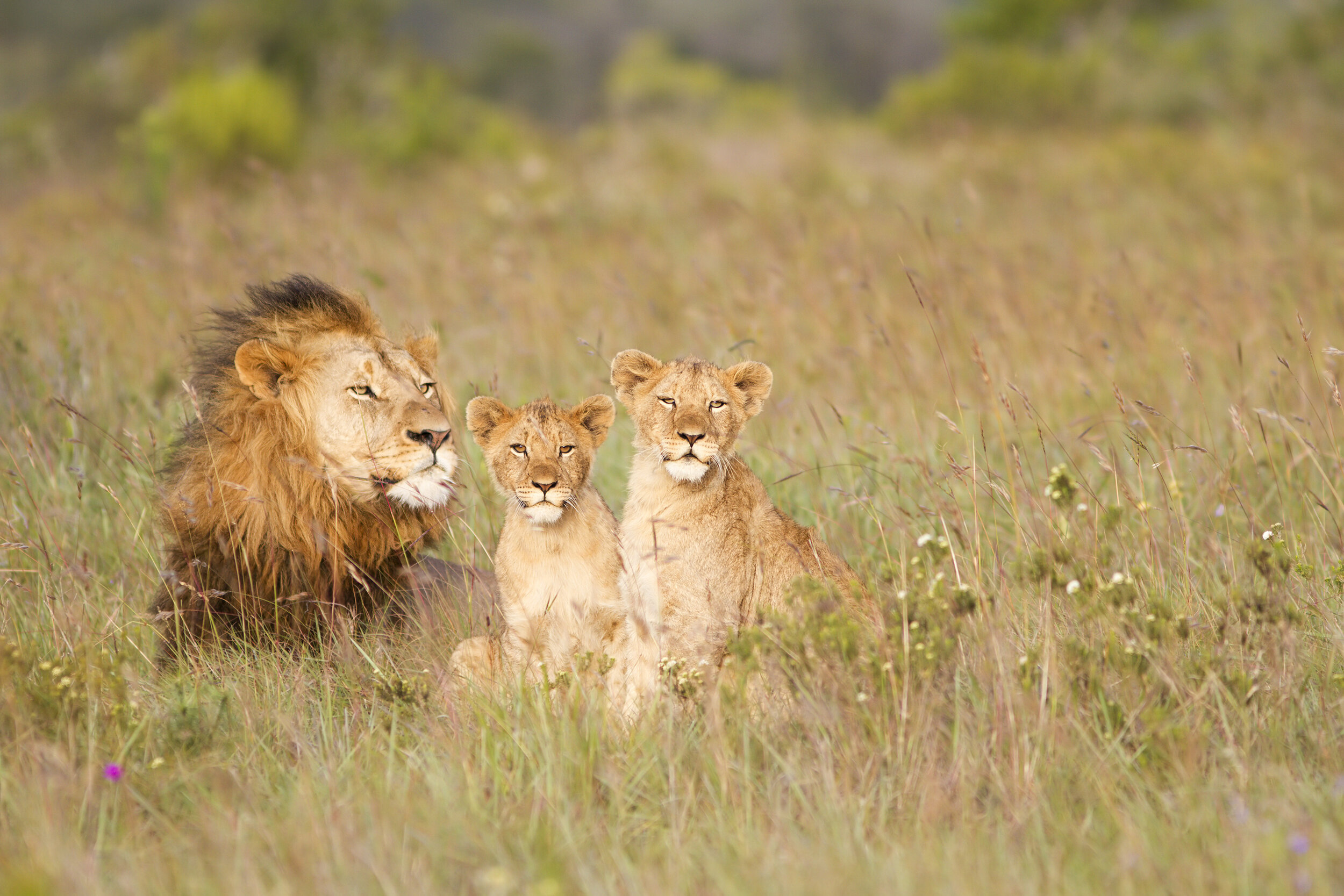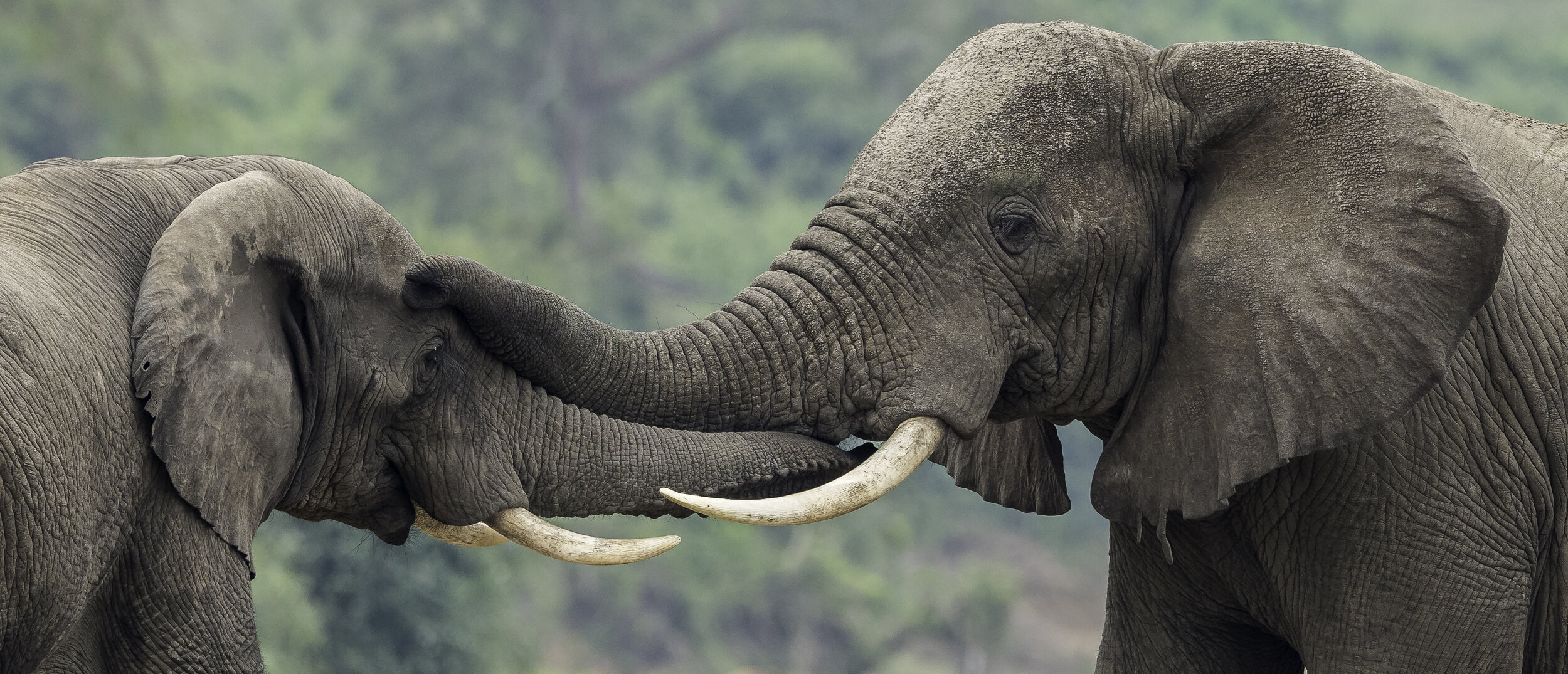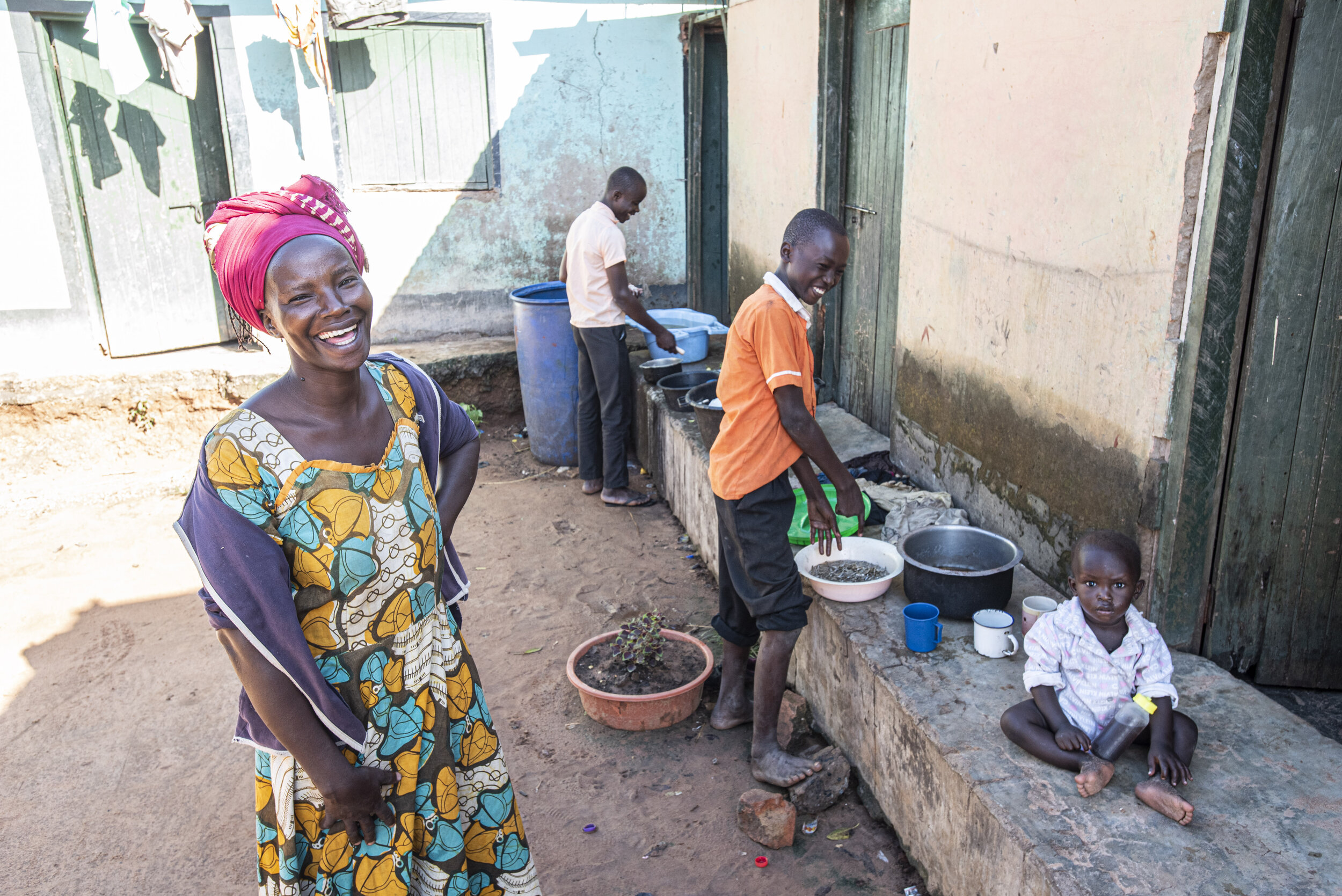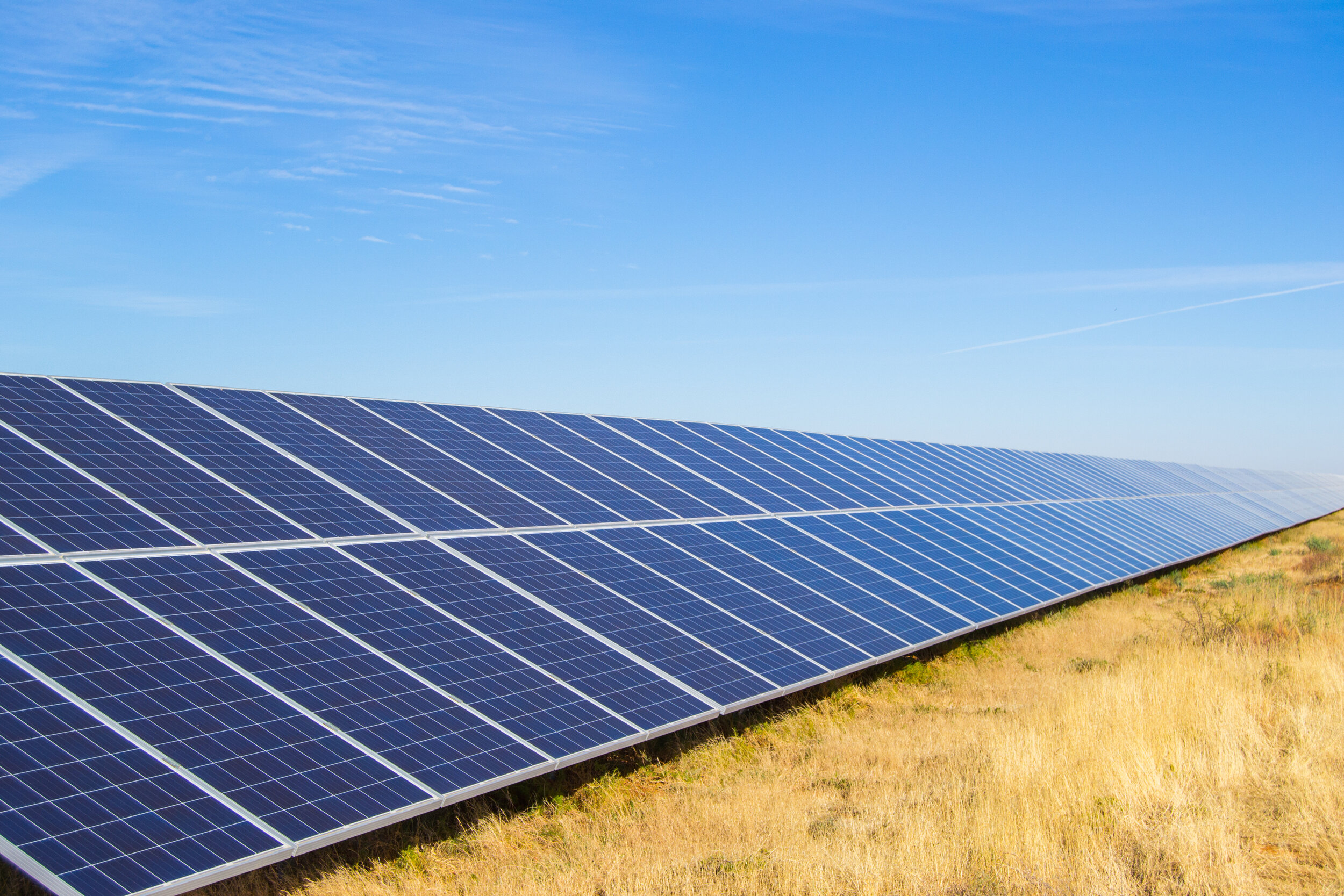
FOR NATURE
For NATURE
The East African Crude Oil Pipeline threatens one of the most ecologically diverse and wildlife-rich regions of the world. The nearly 1,445 kilometer pipeline would run through numerous important habitats and nature reserves – home to a number of iconic and endangered animals, such as lions, elands, lesser kudu, buffalo, impalas, hippos, giraffes, roan antelopes, sitatungas, sables, zebras, aardvarks, and the red colobus monkey.
Renowned American ecologist Bill McKibben commented that “the proposed route looks almost as if it were drawn to endanger as many animals as possible.”
On its way from Uganda to the Tanzanian coast, the pipeline will disturb nearly 2,000 square kilometers of protected wildlife habitats, including the gorgeous Murchison Falls National Park, the Taala Forest Reserve, the Bugoma Forest, and the Biharamulo Game Reserve – these are multiple reserves critical to the preservation of vulnerable species such as the Eastern Chimpanzee and African Elephant.

The African elephant is the largest animal walking the Earth. Their herds are present in 37 countries around the world. These creatures are not only magnificent in their own right, but they play a crucial role in maintaining suitable habitats for many other animals. In Central African forests, for example, up to 30 percent of tree species rely upon African elephants for seed dispersal and germination. African elephants have enormous impact on their environment, including factors like fresh water and forest cover, making them crucial to the maintenance of a balanced ecosystem.
The International Union for Conservation of Nature has listed the African elephant and the eastern chimpanzee on its “red list” of threatened species. These amazing chimpanzees have already disappeared from four African countries and are nearing extinction in many others. We mustn’t allow anything that will add further risks to the species.

Both the construction and operation of the pipeline poses a severe threat to wildlife habitats and corridors. The ‘edge effect’ of creating a massive line of wide open space will become a major barrier for many animals – particularly mammals and birds – from accessing food on the other side. Yet look at the map below showing the proposed route that EACOP will take and how it will carve through delicate ecosystems.
If we care about animals and preserving what biodiversity we have left, we must do all we can to stop the East African Crude Oil Pipeline.
Source: SEI/IGSD, The East African Crude Oil Pipeline – EACOP: a spatial risk perspective, forthcoming.
Further reading
BankTrack et al, “Crude Risk: Risks to banks and investors from the East African Crude Oil Pipeline," November 2020.
Yale Environment 360, “A Major Oil Pipeline Project Strikes Deep at the Heart of Africa,” May 2020.
Netherlands Commission for Environmental Assessment, "Advisory Review of the ESIA for the East African Crude Oil Pipeline," June 2019.
Bill Powers / E-Tech International, "Review of Adequacy of Environmental Mitigation in the ESIA for the East African Crude Oil Pipeline in Uganda," August 2019.
World Wide fund for Nature (WWF) and Civil Society Coalition on OIl and Gas (CSCO), "Safeguarding People & Nature in the East African Crude OIl Pipeline Project: A Preliminary Environmental and Socio-Economic Threat Analysis," July 2018.
#STOPEACOP
For PEOPLE
EACOP threatens to displace thousands of families and farmers from their land and has already disrupted the livelihoods of many.
#STOPEACOP
For climate
EACOP will fuel climate change. To solve the climate crisis, we must stop building new fossil fuel burning projects.



